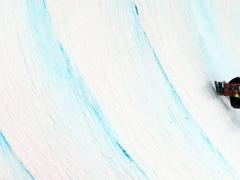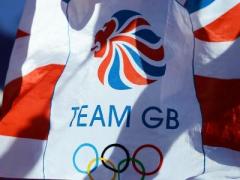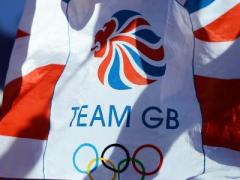The modern version of luge can trace its origins back to the pastime of tobogganing down hills. Luge is the French word for sled, and historical findings point to the existence of sleds, as early as AD 800 when the Vikings used them in the Slagen countryside near the Oslo Fjord.
The sport of luge involves competitors propelling the luge forward, at the start in a sitting position gathering speed by paddling their hands and then lying back to wind their way down through the corners.
An Australian student George Robertson won what is reputed to be the world’s first international sled race, in 1883 in Davos, Switzerland. He outslid 19 other competitors from England, Germany, the Netherlands, Sweden, Switzerland and the United States on a four kilometre stretch of road from St. Wolfgang to Klosters to share the victory with Klosters mailman Peter Minsch.
It was not till 72 years later that the first world championships occurred on an artificial track in Oslo in 1955. Two years later, the International Luge Federation (FIL) was founded in Davos, Switzerland.
Olympic History
The luge was included in the Winter Olympic program for the first time at Innsbruck 1964 and has remained on the program ever since. Women have competed in this event from the start, but so far only in singles, though following Albertville there have been no regulations preventing women from competing in doubles.








